15 Proven E-Learning Delivery Methods for Smarter Training
Discover 15 e-learning delivery methods with pros, cons, and best uses to make employee training smarter, engaging, and more effective.
Discover 15 e-learning delivery methods with pros, cons, and best uses to make employee training smarter, engaging, and more effective.

Popular e-learning delivery methods shape how organizations train and upskill people as work and technology keep evolving. The global e-learning market was valued at USD 299.7 billion in 2024 and is expected to grow to USD 842.6 billion by 2030.
With so many options available, the method you choose can make the difference between learners staying engaged or tuning out, and between training that drives results or wastes resources.
In this guide, you’ll explore leading e-learning delivery methods, their pros, cons, and best-fit scenarios to help match learning goals with business needs. But before that, let's establish if e-learning is worth the hype or not.
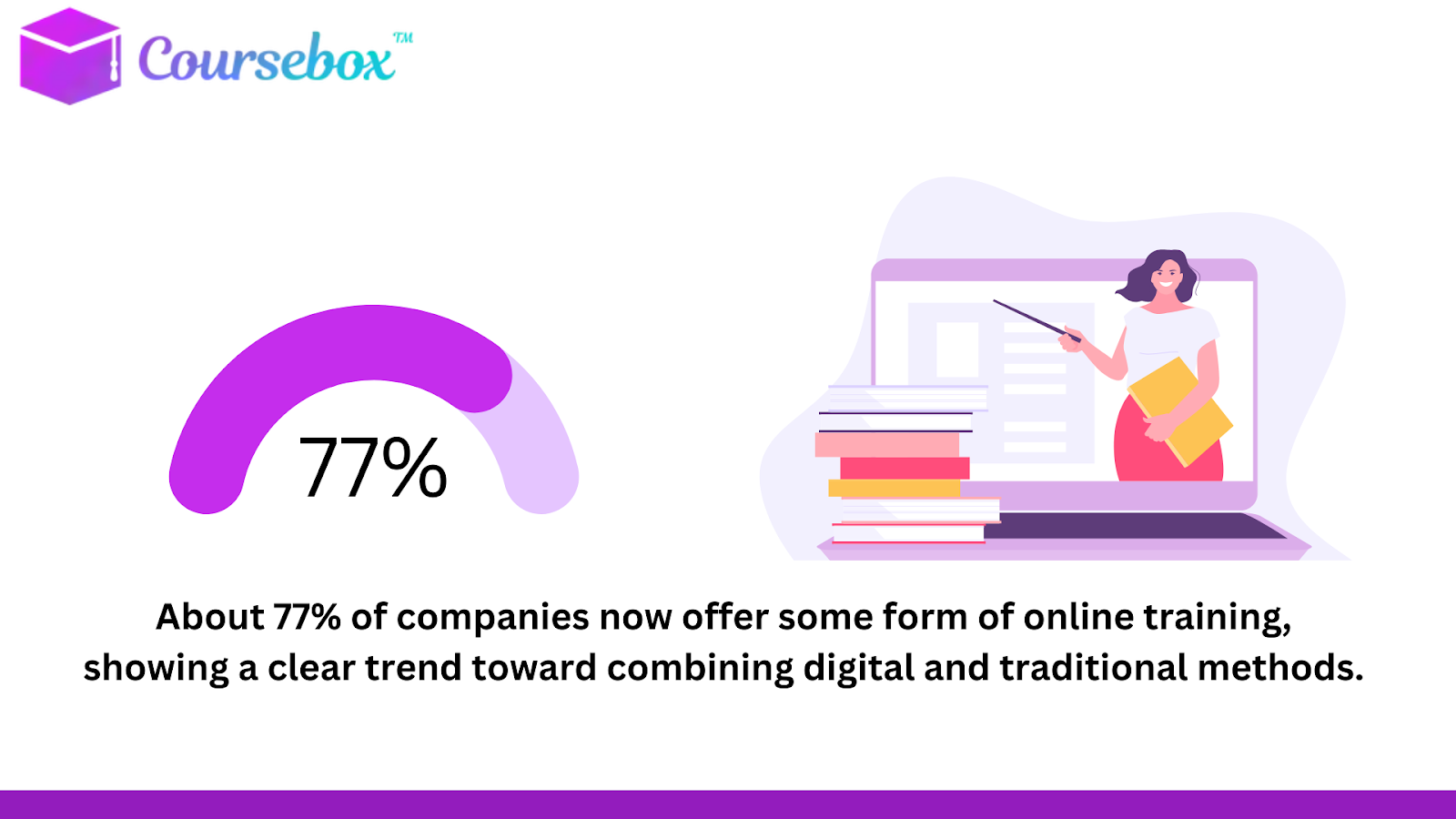
E-learning has become one of the most powerful ways to build knowledge and skills. A recent study found that participants learned nearly five times more material in the same time through e-learning compared with traditional methods. Online training also cuts costs linked to travel, printed materials, and instructor time, making it easier for businesses to scale learning programs.
Effectiveness depends on design, engagement strategies, and learner needs. When content feels relevant, interactive, and accessible across devices, completion rates and knowledge retention rise significantly. In short, e-learning delivers strong results when matched with clear goals and thoughtful planning.
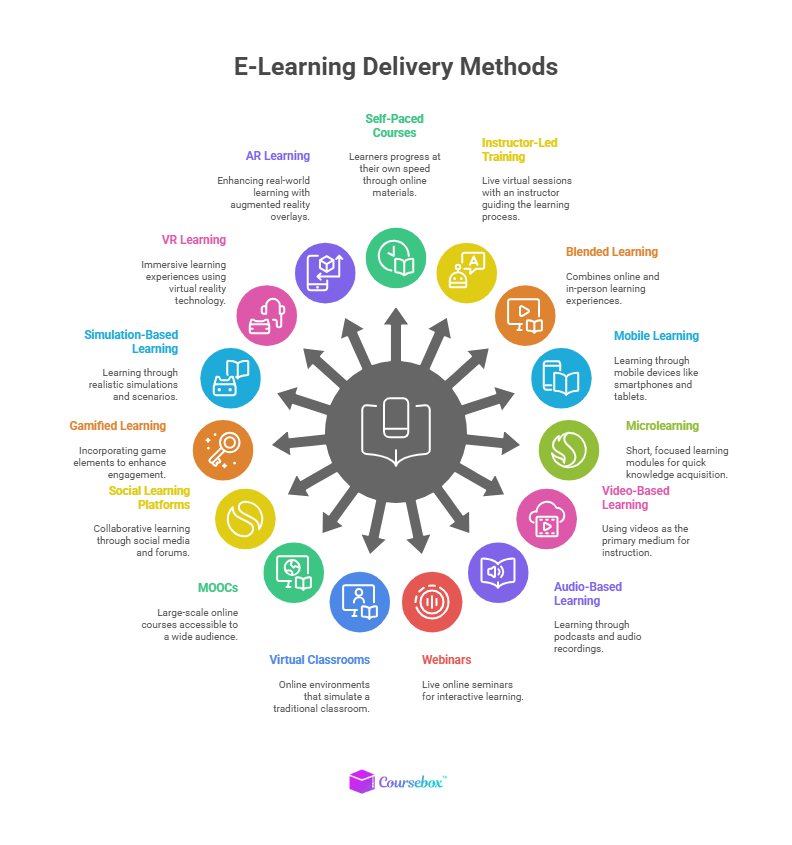
E-learning comes in many forms, each helping employees learn in different ways. Here’s a look at the most effective digital training methods.
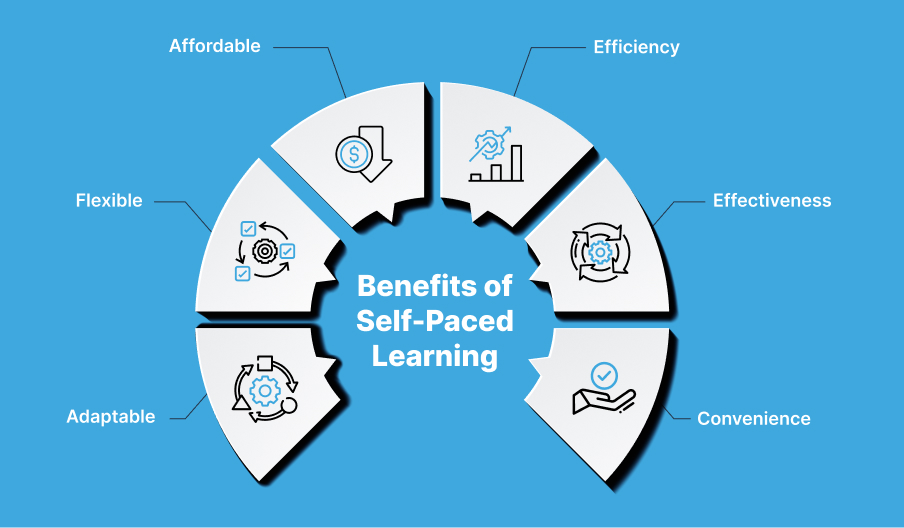
Self-paced online courses let learners move through training content at their own speed, anywhere and anytime. These courses often include videos, quizzes, interactive modules, and downloadable resources.
Many companies use learning management systems (LMS) to host and track progress, ensuring employees complete required courses efficiently. Research shows self-paced e-learning can improve knowledge retention by up to 25-60% compared with traditional classroom methods.
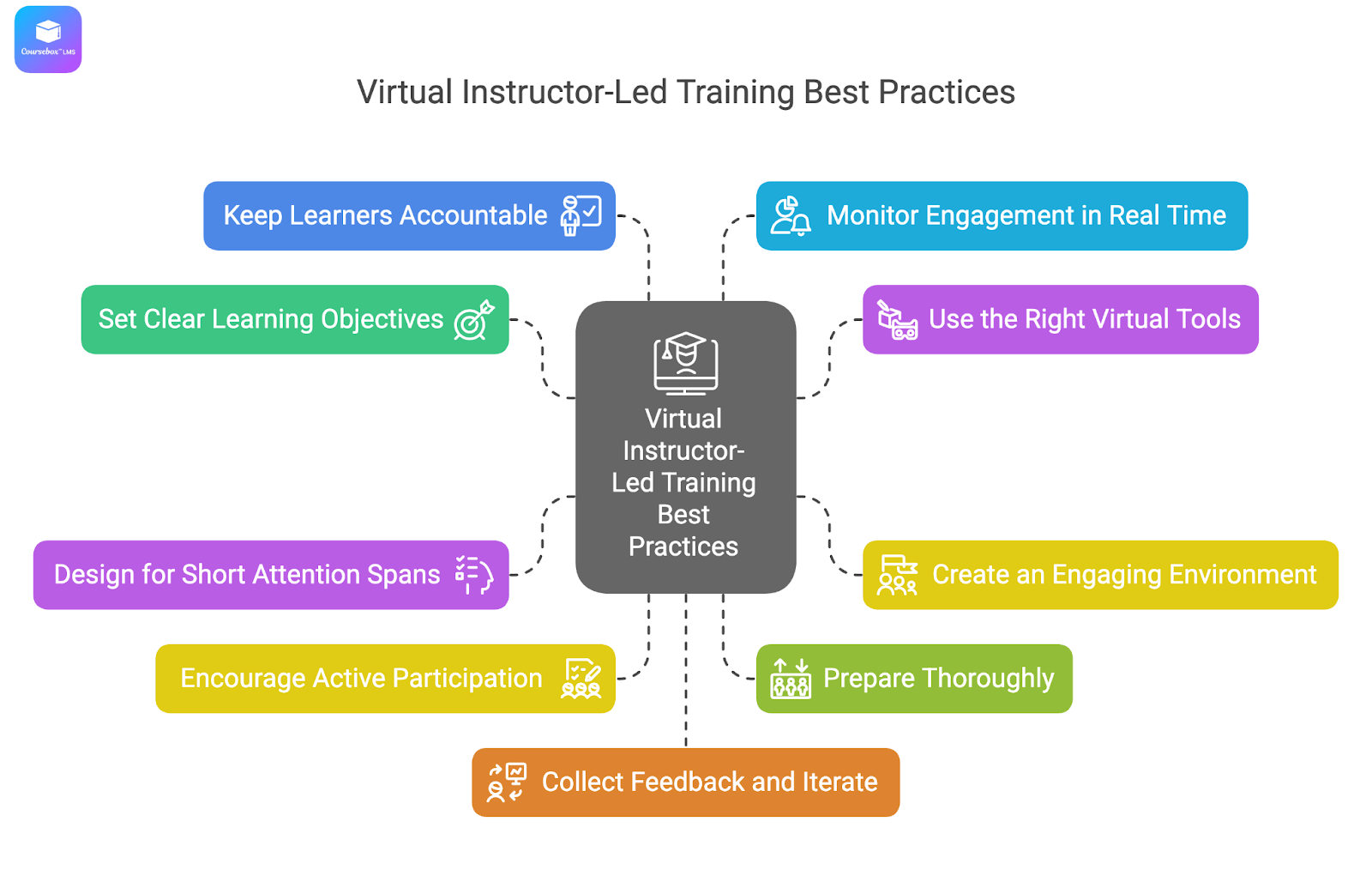
Instructor-led virtual training brings live, real-time instruction into a digital space. Employees join online sessions via video conferencing platforms, participating in discussions, Q&A, and collaborative activities just like in a classroom.
VILT is ideal for complex topics requiring guidance, feedback, or hands-on practice. Studies show learners in live virtual sessions often perform better when content includes interaction and exercises.
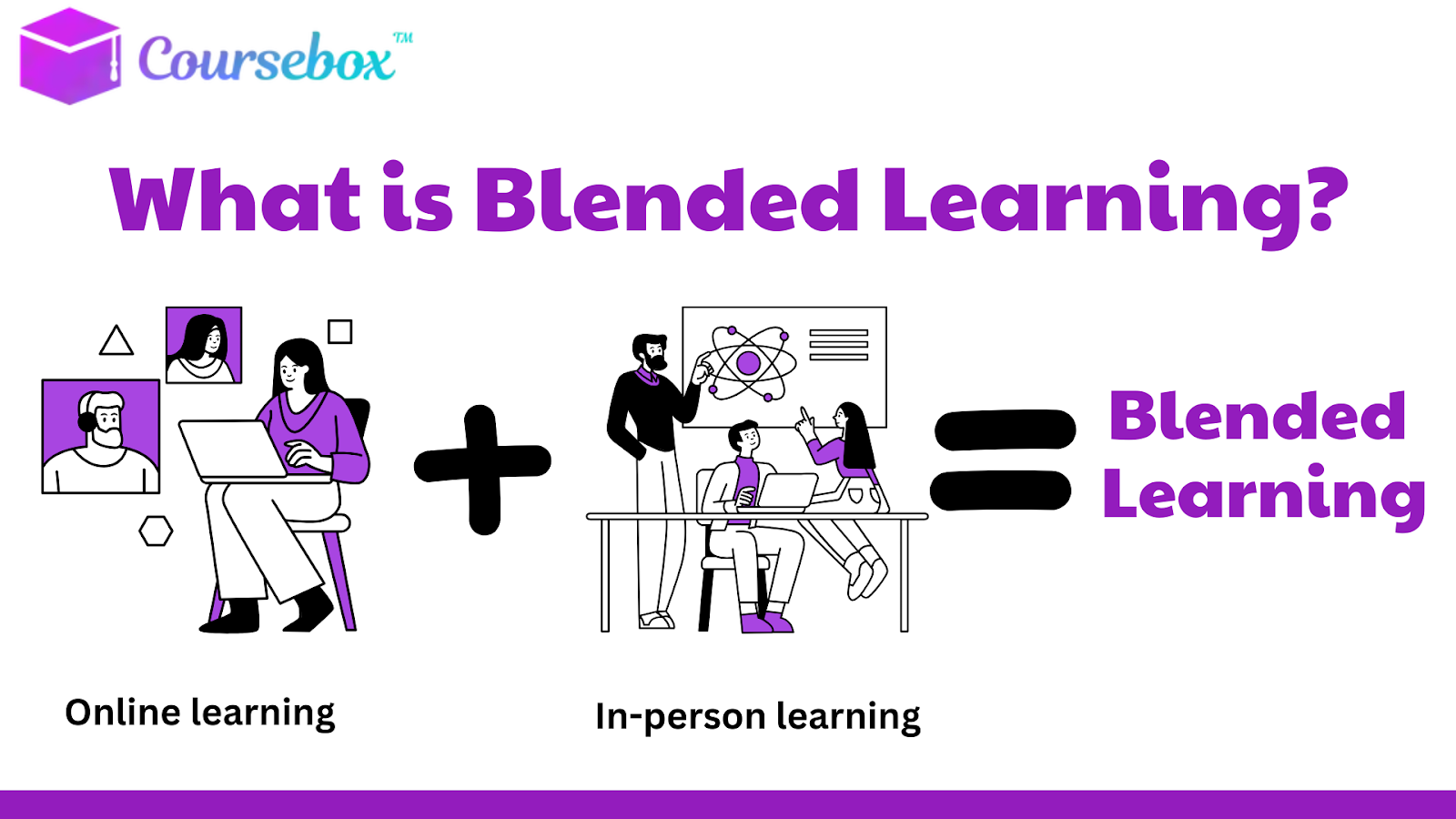
Blended learning combines self-paced online courses with live instruction, either in-person or virtual. Learners complete theoretical content independently, then apply knowledge during workshops, discussions, or practical exercises.
This approach balances flexibility with engagement, helping employees retain information while still benefiting from guidance and peer interaction.
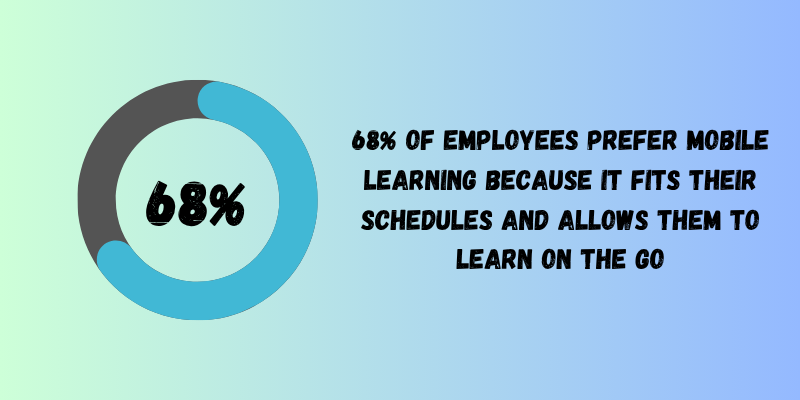
Mobile learning delivers training directly to smartphones or tablets, letting employees learn anytime, anywhere. Short lessons, training videos, quizzes, and interactive modules or learning pills, adapt perfectly to small screens, making it ideal for busy professionals or remote teams.
This format also supports microlearning, reinforcing knowledge through quick, digestible content throughout the day.

Microlearning delivers content in small, focused bursts, usually lasting 3–10 minutes. Lessons often include short videos, quizzes, or interactive exercises, making knowledge easy to digest and remember.
Studies show that breaking content into bite-sized chunks improves retention and reduces cognitive overload. This method works well with mobile learning, enabling employees to complete training during short breaks or while commuting.

Video-based learning uses recorded or live videos to teach concepts, demonstrate skills, or share expert insights. Videos engage both visual and auditory learners, making complex topics easier to understand.
According to Forbes, employees retain up to 95% of a message when learned through video, compared with 10% when reading text alone. Videos can be standalone lessons or part of a broader course, and they are reusable, scalable, and easy to distribute across teams.
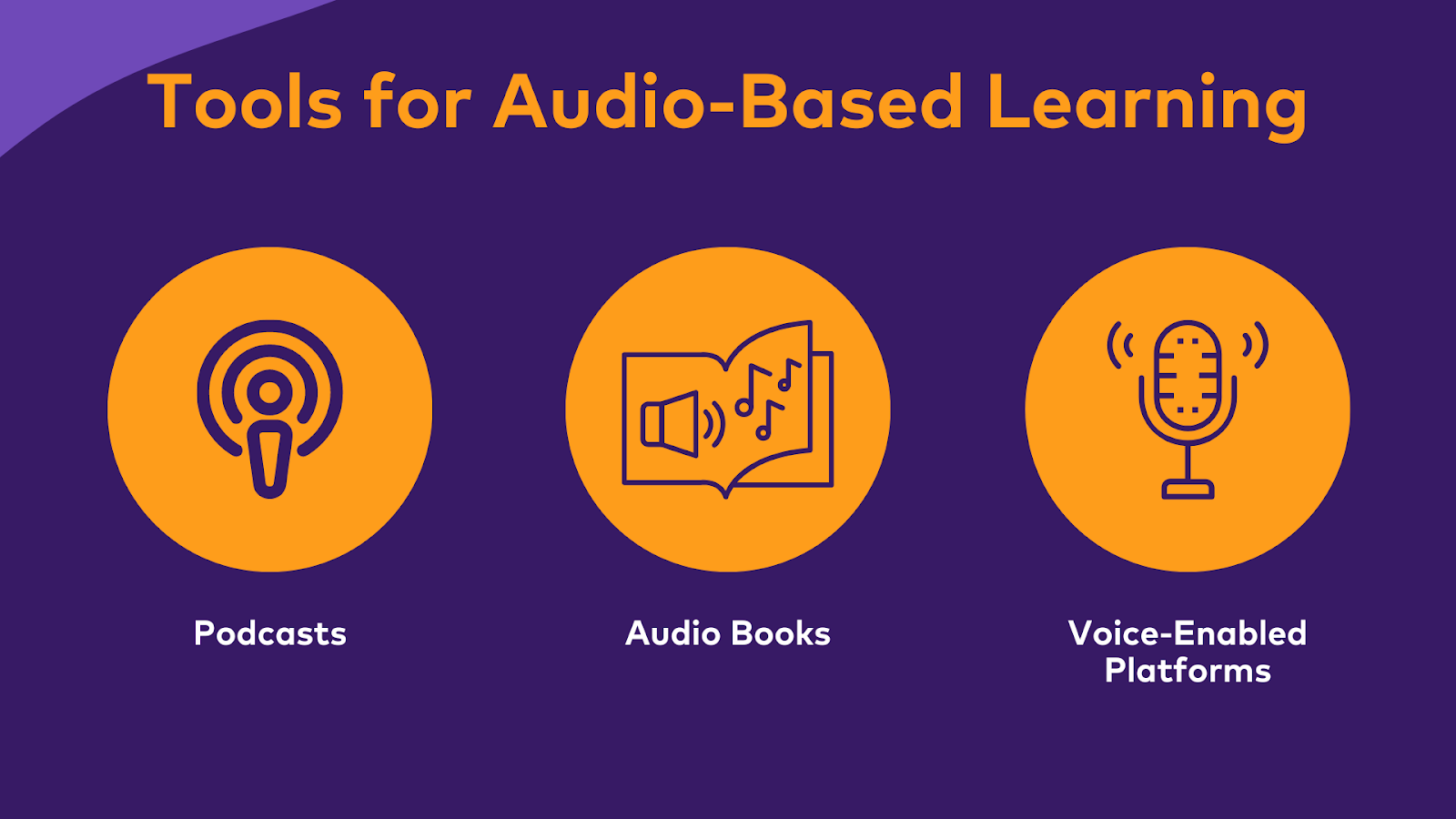
Podcast or audio-based learning delivers training through recorded audio files that employees can listen to anytime—during commutes, workouts, or while performing simple tasks. This method allows learners to consume content without being tied to a screen, making it highly flexible.
Podcasts often focus on specific topics, industry trends, or soft skills, and they can be serialized for ongoing learning. Research shows audio learning supports retention when paired with follow-up activities or quizzes.
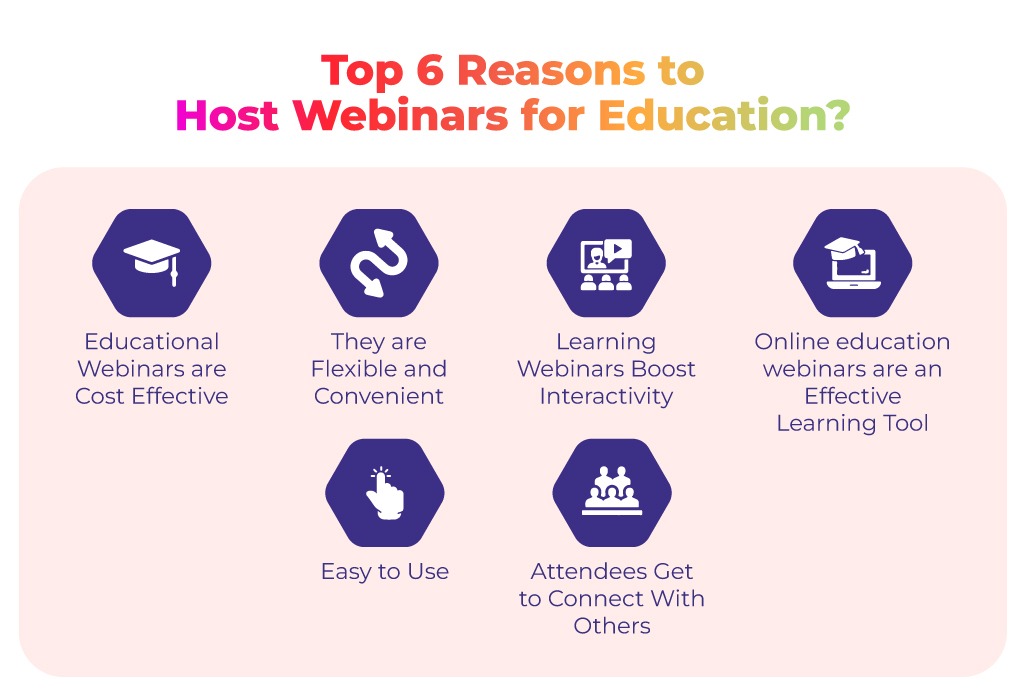
Webinars are live online seminars that allow employees to learn in real time from instructors or experts, no matter their location. They often include slides, demonstrations, polls, and Q&A sessions, providing interaction similar to a classroom.
Webinars are particularly useful for reaching large groups or dispersed teams and can be recorded for later reference.

Virtual classrooms create a deeply engaging online environment replicating traditional classroom experiences. Features often include video lectures, live chats, breakout rooms, interactive whiteboards, and collaborative exercises.
This method fosters social learning and peer engagement while maintaining flexibility for remote teams.
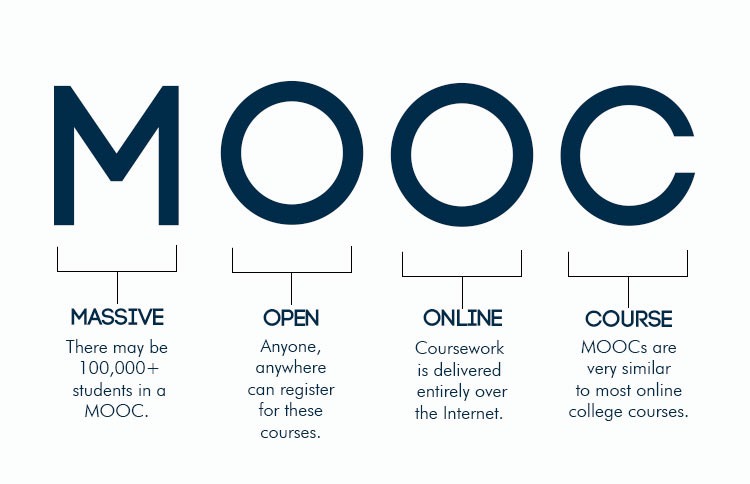
MOOCs provide structured, large-scale online courses accessible to employees worldwide. These courses often include lectures, readings, assignments, quizzes, and discussion forums.
Employees can learn at their own pace while benefiting from community interaction. Platforms like Coursera, edX, and FutureLearn offer MOOCs on diverse topics.
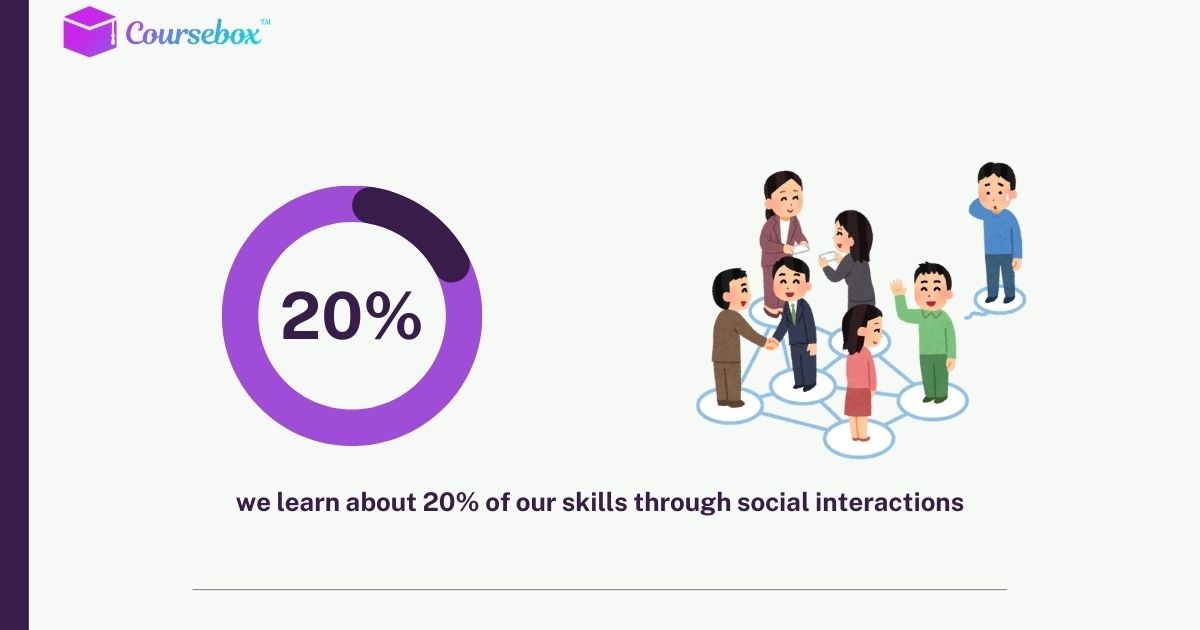
Social learning platforms facilitate knowledge sharing, collaboration, and peer-to-peer learning through online communities, discussion boards, and group projects.
Employees can ask questions, share experiences, and learn from colleagues in real time. Studies suggest social learning enhances retention and application by leveraging collective knowledge.
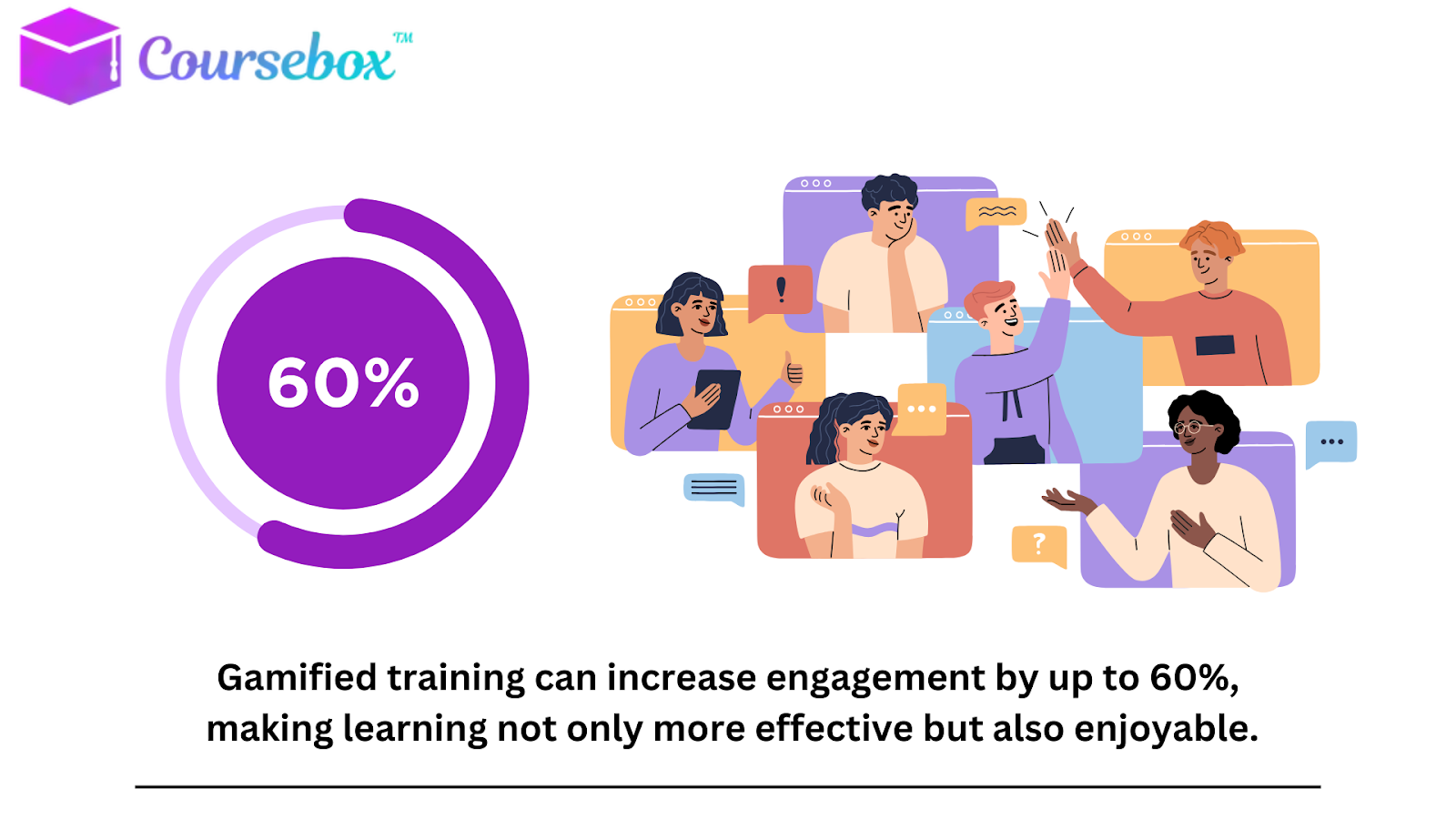
Gamified learning incorporates game mechanics like points, badges, leaderboards, and challenges into training programs. This approach boosts motivation, engagement, and knowledge retention by making learning fun and interactive.
Research indicates gamification can improve learning outcomes by up to 60% in corporate settings.
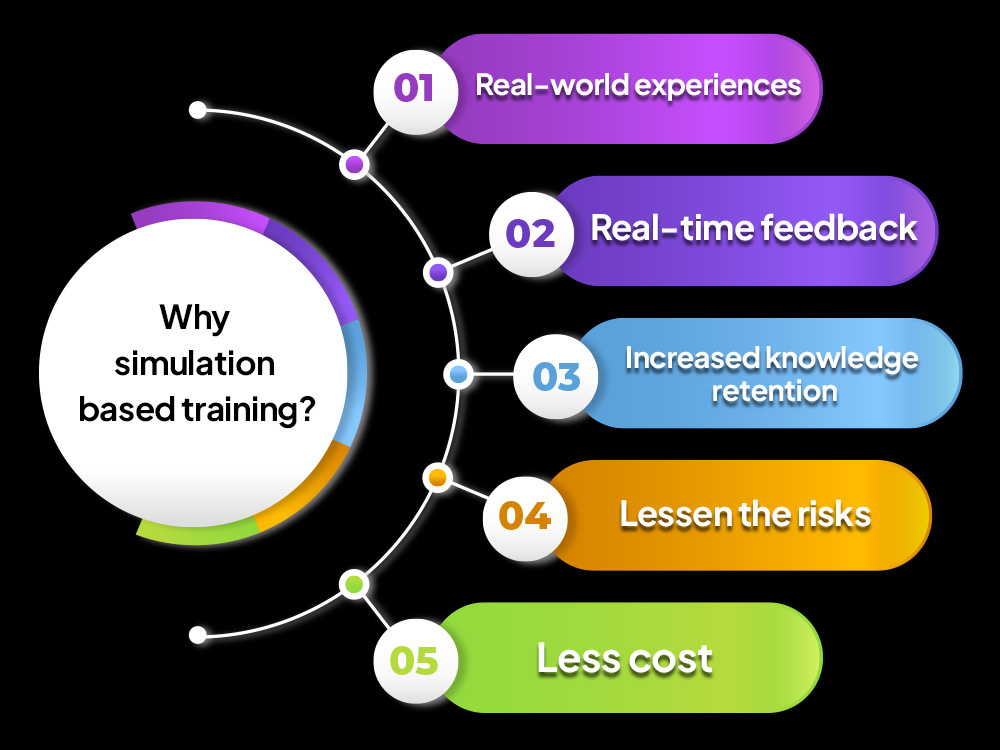
Simulation-based learning uses realistic, interactive scenarios to practice skills in a safe, controlled environment. Common in industries like healthcare, aviation, and manufacturing, simulations let employees make decisions, see outcomes, and learn from mistakes without real-world risks. Studies show simulations improve skill acquisition and confidence.
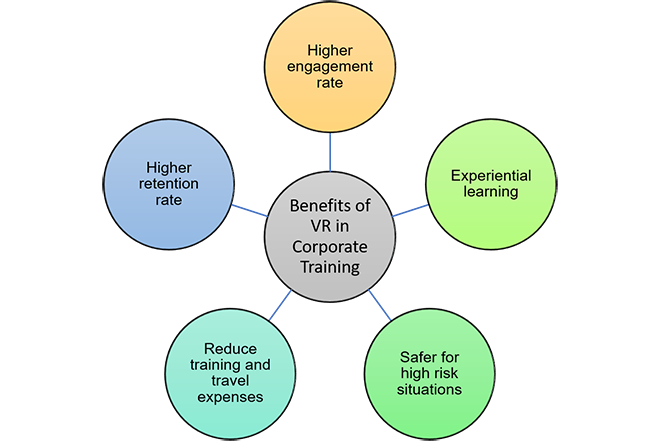
VR learning immerses learners in a fully digital, 3D environment where they can interact with objects and scenarios. This method is highly effective for technical training, safety drills, or complex simulations.
VR enhances memory retention by engaging multiple senses and providing experiential learning. Companies like Delta Airlines have successfully used VR for training.

AR learning overlays digital content on the real world, enhancing training by providing contextual information during tasks. For example, technicians can see step-by-step instructions on equipment through AR glasses while working.
AR improves learning by combining theory with real-world application and increasing retention.
Selecting the right e-learning delivery method can make or break a training program. With so many options, finding what fits your team, topic, and resources is key. Here’s a simple guide to help you make the best choice.
Start with clear learning objectives. Is the goal to boost soft skills, like communication, or to teach a new tool?
Assess how much time, budget, and tools you have.
Analyze employees’ roles, locations, and learning preferences.
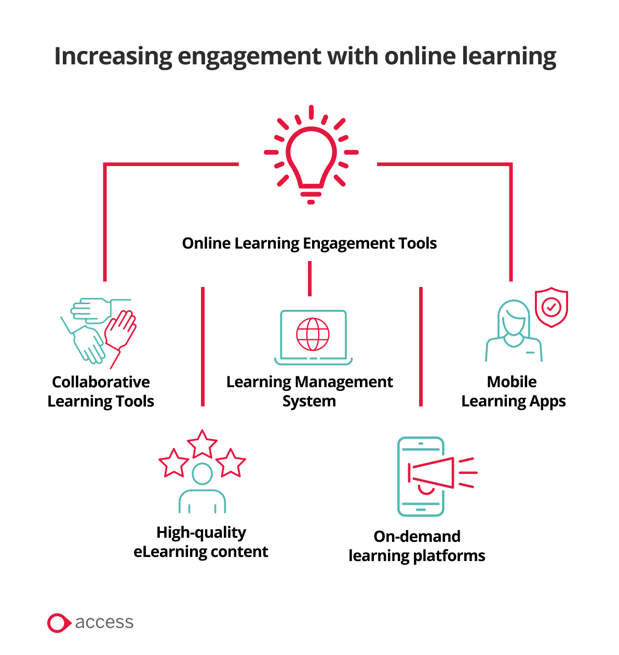
Some topics require discussion, hands-on practice, or real-time feedback.
Your chosen method influences the platform you’ll need.
A quick note: Coursebox AI is one example that supports a wide range of methods, from instructor-led to self-paced learning, making deployment easy and scalable.
Test the chosen method with a small group before full rollout.
Remember, methods can complement one another. Combining live sessions with e-learning, microlearning, or VR creates flexibility, engagement, and retention.
Selecting the right delivery method depends on your goals, learners, and available resources. Keep these tips in mind:
Final tip: Start small, test your approach, gather feedback, and adjust. Book a demo with Coursebox AI to see how simple it can be to deliver training that works.
E-learning delivery methods include online courses, webinars, video training, microlearning, mobile learning, virtual classrooms, blended learning, coaching, simulations, and VR-based programs. Each method supports different learning objectives, team sizes, and locations, helping organizations engage learners effectively while offering flexibility and measurable results.
Deliver e-learning through a centralized platform or learning management system (LMS). Choose methods that match objectives, content complexity, and learners’ needs. Options include self-paced courses, live webinars, video lessons, microlearning modules, and blended programs. Track progress, offer interactive elements, and provide feedback to maximize engagement and knowledge retention.
E-learning methodology refers to strategies used to design, deliver, and assess online training. It includes synchronous and asynchronous learning, microlearning, blended learning, and experiential approaches like simulations or VR. Methodology ensures learners acquire skills efficiently while supporting engagement, retention, and measurable learning outcomes across diverse workforces.
Three main delivery methods include synchronous learning, where learners participate in real-time sessions; asynchronous learning, where learners access self-paced content; and blended learning, which combines both approaches. These methods allow flexibility, scalability, and engagement while accommodating diverse learner preferences and organizational requirements.
The three main types of e-learning are self-paced e-learning, allowing learners to complete modules on their own schedule; instructor-led virtual training, providing real-time guidance and interaction; and blended learning, which combines online content with live sessions for hands-on practice and deeper engagement.
